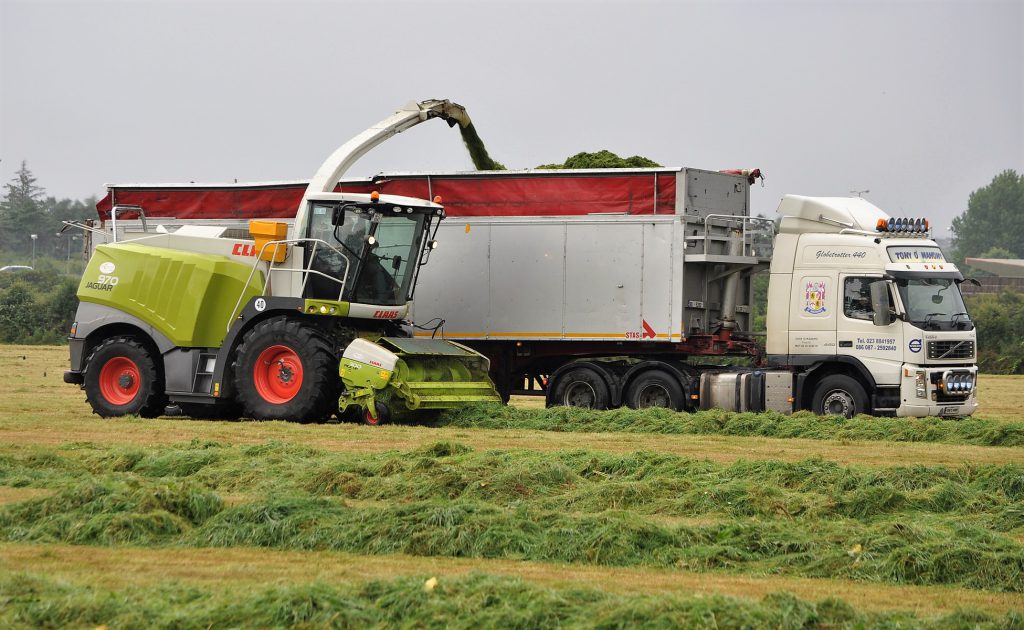Claas increased its sales slightly (3.6%) in its 2017 financial year – to €3.76 billion (€3.63 billion in the previous year).
Profit before taxes almost doubled to €184 million (€93 million previously).
“We were able to hone in on growth in a stabilising agricultural engineering market and significantly improve our profitability at the same time,” said Hermann Lohbeck, spokesperson for the Claas Group Executive Board.
“A strong boost was largely down to the eastern European market, where good harvests led to a noticeably higher demand for modern agricultural technology.”
Yet, despite positive developments in eastern Europe and South America, the picture was more mixed in the rest of Europe and elsewhere. There were only slight improvements in sales for Claas in Germany. As expected, sales in France fell significantly following the abolition of a special ‘tax depreciation’ for farmers.
Spending on research and development during the 2017 financial year (€217 million) dropped slightly compared with the previous year (€221 million). However, it has doubled over the past 10 years.
This has paid off, says Claas; it won one gold and four silver medals in the innovation awards scheme at the recent Agritechnica show. For example, the new Axion 900 series tractor and Scorpion telescopic loader (via its tie-up with Liebherr) were named ‘Machines of the Year’.
Drop in worldwide workforce
The number of Claas employees around the world fell slightly – to 10,961 (11,300 previously).
This, says Claas, reflects “differing trends in agricultural engineering markets worldwide, as well as cost-cutting initiatives implemented over recent years”.
While additional employees were hired in eastern Europe, numbers in China reduced.
Claas employs 5,102 staff in Germany, which was slightly down on the previous year (5,220). There was an apprenticeship quota of 7.9% (8.2% previously).
Outlook for the future
Claas says that it expects a “moderate improvement” in the global agricultural engineering markets during 2018. Key drivers of this will be “strengthening milk prices” and the anticipated market recovery in France.
The company also expects farm profitability to improve in most parts of the world this year.



